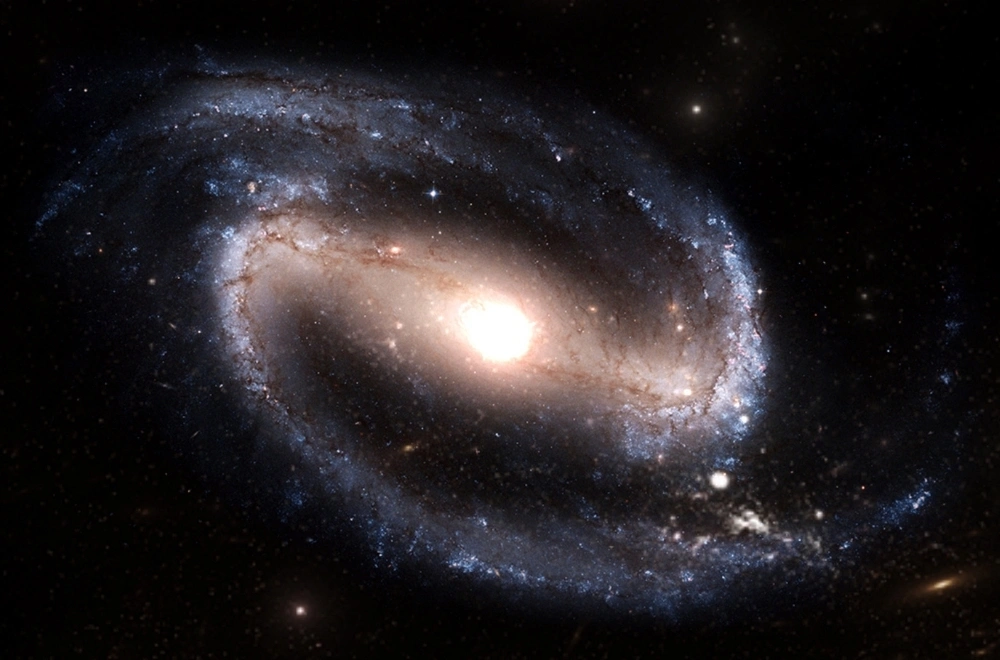Introduction
Cosmology is the scientific study of the origin, evolution, structure, and ultimate fate of the universe. It is a branch of astronomy that seeks to understand the large-scale properties of the cosmos, including its formation, composition, and the fundamental laws that govern its behavior. Combining principles from physics, mathematics, and philosophy, cosmology attempts to answer some of humanity’s most profound questions:
- How did the universe begin?
- What is it made of?
- How has it evolved over time?
- What will its future be?
This article explores the history of cosmology, key theories, modern discoveries, and the future of this fascinating field.
1. The History of Cosmology
Ancient Cosmology
Since ancient times, humans have tried to explain the nature of the universe. Early civilizations developed cosmological models based on mythology, religion, and early astronomical observations.
- Babylonian and Egyptian Cosmology: Ancient civilizations believed the Earth was flat and surrounded by a celestial dome.
- Greek Cosmology: Philosophers like Aristotle and Ptolemy proposed a geocentric model, where Earth was the center of the universe, with planets and stars revolving around it.
- Indian and Mayan Cosmology: Hindu texts described cyclical universes, while the Maya developed precise astronomical calendars.
The Copernican Revolution
In the 16th century, Nicolaus Copernicus proposed a heliocentric model, placing the Sun at the center of the solar system. This was later supported by Galileo Galilei’s telescopic observations and Johannes Kepler’s laws of planetary motion.
Newtonian Physics and Beyond
Isaac Newton’s laws of motion and universal gravitation provided a mathematical framework for understanding celestial mechanics. However, his model could not explain certain phenomena, such as the nature of light and the behavior of distant galaxies.
Einstein and Modern Cosmology
Albert Einstein’s Theory of General Relativity (1915) revolutionized cosmology by describing gravity as the curvature of spacetime caused by mass and energy. This led to the first mathematical models of an expanding universe.
2. The Big Bang Theory
The Big Bang Theory is the prevailing cosmological model explaining the universe’s origin. According to this theory:
- The universe began as an extremely hot, dense singularity around 13.8 billion years ago.
- It has been expanding ever since, leading to the formation of galaxies, stars, and planets.
Key Evidence for the Big Bang
- Hubble’s Law (1929): Edwin Hubble observed that galaxies are moving away from us, indicating an expanding universe.
- Cosmic Microwave Background (CMB): Discovered in 1965, this is the afterglow of the Big Bang, a faint radiation filling the universe.
- Abundance of Light Elements: The observed ratios of hydrogen, helium, and lithium match predictions from Big Bang nucleosynthesis.
Inflationary Cosmology
To explain the universe’s uniformity, physicist Alan Guth proposed cosmic inflation—a rapid exponential expansion in the first fraction of a second after the Big Bang.
3. The Structure and Composition of the Universe
The Observable Universe
The observable universe spans about 93 billion light-years in diameter, containing billions of galaxies, each with millions to trillions of stars.
Dark Matter and Dark Energy
Modern cosmology reveals that ordinary matter (stars, planets, gas) makes up only 5% of the universe. The rest consists of:
- Dark Matter (27%): An invisible form of matter that does not emit light but exerts gravitational pull, holding galaxies together.
- Dark Energy (68%): A mysterious force accelerating the universe’s expansion.
Large-Scale Structure
The universe has a cosmic web structure:
- Galaxies form clusters and superclusters.
- Voids are vast empty regions between filaments of galaxies.
4. The Future of the Universe
Cosmologists propose several possible fates for the universe, depending on its density and expansion rate:
- The Big Freeze (Heat Death): The universe continues expanding, stars burn out, and all matter decays into radiation.
- The Big Crunch: If gravity overcomes expansion, the universe could collapse back into a singularity.
- The Big Rip: Dark energy could tear apart galaxies, stars, and even atoms in a catastrophic expansion.
Current evidence favors the Big Freeze, as dark energy seems to be driving an ever-accelerating expansion.
5. Modern Cosmological Research
Advanced Telescopes and Observatories
- James Webb Space Telescope (JWST): Studies the earliest galaxies and star formation.
- Large Hadron Collider (LHC): Recreates conditions of the early universe.
- Gravitational Wave Detectors (LIGO/Virgo): Observe ripples in spacetime from cosmic events.
Unsolved Mysteries
- What is dark matter made of?
- Why is dark energy causing accelerated expansion?
- Are there other universes (Multiverse Theory)?
Conclusion
Cosmology is one of the most profound and exciting fields of science, blending physics, astronomy, and philosophy to unravel the mysteries of the universe. From ancient myths to the Big Bang and dark energy, our understanding has evolved dramatically. With cutting-edge technology and theoretical advancements, cosmologists continue to push the boundaries of knowledge, seeking answers to the universe’s deepest secrets.
As we peer deeper into space and time, cosmology reminds us of our place in the vast cosmos—a tiny but curious species striving to comprehend the grandest of all stories: the story of the universe itself.
